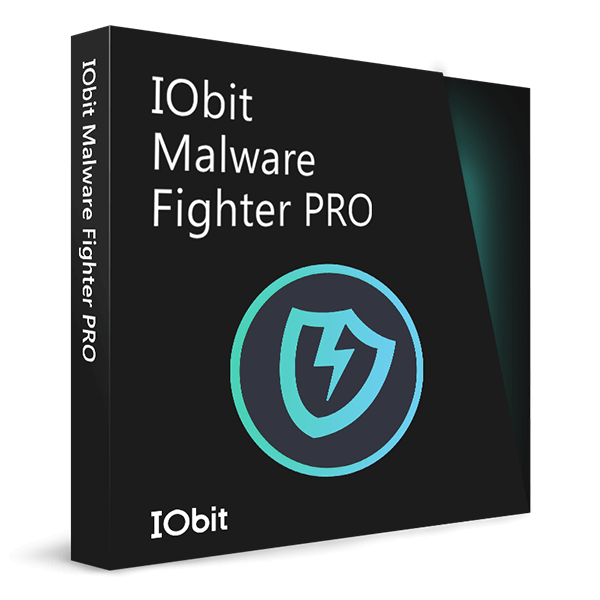- Central de Suporte
- Outros Idiomas
- Idiomas
- Ajude-nos a Traduzir
Expert em
Soluções para Saúde do PC
Solução Completa para a Saúde do PC: Limpeza, Otimização e Segurança

Limpeza, otimização e proteção completa para PC
Mantém Drivers Sempre Atualizados

Desempenho mais estável com menos travamentos
Protege Milhões de Computadores contra Malware

Segurança Top para PCs com proteção total
Protege contra Vírus e Melhora o Desempenho do PC
Remove facilmente programas e sobras desnecessárias
Mantém os seus programas automaticamente atualizados
Nunca se preocupe com roubo de dados ou vazamentos de privacidade
Otimização de disco rígido para um PC mais rápido
Tenha um Mac mais Rápido e Seguro
Brindes para Black Friday R$0R$579,86

Ransomware dominated the cybersecurity landscape in 2017. Major attacks such as WannaCry, Petya, and Locky were mostly widespread worldwide. Victims including organizations like hospitals, schools and airports and individuals have paid over millions of dollars for ransom to unlock encrypted files. Cybercriminals will continue to exploit the same vulnerabilities in increasingly malicious ways in 2018. The newly reported ransomware Gandcrab could be a sign. Users need to keep an eye on new infections and learn to protect themselves.
Here are things to know about ransomware in 2017 and tips to prevent attacks:
WannaCry
WannaCry (aka WCry, WannaCrypt, Wanna Decryptor) was the most devastating ransomware attack in 2017, affecting hundreds of thousands of computers worldwide. Many hospitals, banks, law agencies, and other infrastructure were its victims. It used EternalBlue which exploits a vulnerability in Microsoft's Server Message Block (SMB) protocol to infect Windows devices.
Read IObit tips for WannaCry ransomware:
Petya/NotPetya
Petya is a family of encrypting ransomware which targets Windows devices. It rapidly spread in Europe and the US and infected several hundred thousands of computers in just a few days. NotPetya is a variant of Petya ransomware but uses the same exploit. Similar to WannaCry, Petya/NotPetya uses the Eternal Blue exploit to infect Windows devices, especially older Windows systems. What’s worse, Petya/NotPetya can damage the whole hard drive, even stop you entering your system.
Read IObit tip for Petya ransomware:
How to Protect Yourself from Petya/GoldenEye Ransomware
Ykcol
Ykcol Ransomware is the latest version of Locky Ransomware. Ykcol is Locky spelled backward. It mainly spreads through the attachment of emails named with the status of an invoice, in which contains a *.vbs script. After double clicking the script, it will automatically download an executable virus named "HdOWSy.exe" and then begin to encrypt the computer files and all shared documents in the same LAN(Local Area Network).
Read IObit tip for Ykcol ransomware:
How to Remove Ykcol Ransomware on Windows 10
BadRabit
BadRabbit ransomware struck a number of countries worldwide, which mainly targeted Russian media companies and Ukrainian transportation systems with malicious purpose. The report shows that BadRabbit ransomware has similarities to WannaCry and Petya which broke out early in 2017. It posed as an Adobe update before locking down computers and demanding victims to pay 0.05 Bitcoins(about $280) in exchange for their important data.
Read IObit tip for BadRabit ransomware:
How to Prevent BadRabbit Ransomware Attacking

Assine para se manter atualizado com as últimas notícias e ofertas exclusivas da IObit. Você pode cancelar sua assinatura a qualquer momento.
© 2005 - IObit. Todos os Direitos Reservados |Política de Reembolso |EULA |Notificação Legal |Política de Privacidade
Vidqu Vidwud iMofone EaseHow iSmartta MioCreate Vidmud Fale Conosco Suporte Produtos Home Parceiro
IObit utiliza cookies para melhorar o conteúdo e garantir que você tenha a melhor experiência no nosso website.
Continuar a navegação no website significa que você concorda com nossos termos de privacidade.
